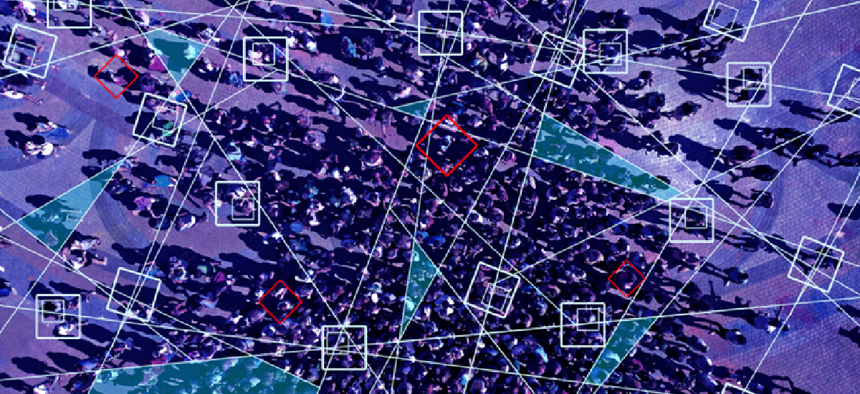ARL explores AI-enhanced drones for the battlefield
The Army Research Laboratory is working on incorporating artificial intelligence into drones and thermal recognition tech to give warfighters increased situational awareness.
The Army Research Laboratory is working to incorporate artificial intelligence into drones and thermal recognition tech to give warfighters increased situational awareness.
ARL is testing drone prototypes that incorporate AI-based scene perception capabilities so they can recognize real-world object and take action based on what they observe.
"We're interested in is having algorithms and processes onboard that integrate perception with navigation," said Raghuveer Rao, ARL's image branch chief of the Combat Capabilities Development Command, who supervises the lab's AI scene perception research. "We want to be able to understand … what's going on below when you fly a UAV. And then on that basis [have the UAV] decide if it wants to do a closer examination." ARL is planning to demonstrate the UAV platform in August or September.
Later this year, Rao said his team will explore multiplatform operations, where ground and aerial drones pool resources to get a better sense of the battlefield. Another challenge will be looking at adversarial environments and conditions, he said: "It's one thing to make sense of what's going on when everything is clearly visible to our cameras, but what if you have impairments? Objects in the way, smoke, fog. What do you do?"
Priya Narayanan, mechanical engineer in ARL's Signal and Image Processing Division, demonstrated the capabilities of a land-based robot that stood nearly four-feet tall and weighed more than 100 pounds. On a laptop screen, green and blue boxes outlined objects the robot could see in the room: people, chairs, tables. But the robot didn't recognize the wallet offered for inspection by a reporter.
It's not part of the database, Narayanan said, noting there were only about 20 items logged in the database that the robot could recognize. If the wallet were added, then it could see it, she said.
ARL, which now sits under Army Futures Command, is also tinkering with next-generation facial recognition technology using heat signatures to identify targets in the dark. For the face recognition prototype, there's a handheld device that can take thermal images -- recognizing the heat a person or organism emits -- and match them to images in a database, Rao said.
The database is the key starting point for identification, Rao said, and it is the foundation for analysis of thousands of facial images to make the best association between those and the thermal signature. And before releasing the technology for battlefield use, the researchers must have a high degree of certainty that the image and thermal association match.
"It's basically a heat profile that comes out of the fact that we are warm bodies emanating heat, and on that basis trying to recognize who's there," Rao said. "In that sense, it's unique."
This article was first posted to FCW, a sibling site to Defense Systems.
NEXT STORY: DISA's milDrive delivers personal cloud storage





